The Automobile industry is experiencing its most dramatic transformation in over a century. Once dominated by internal combustion engines, steel frames, and fuel-powered innovation, the automotive landscape is rapidly shifting toward a future defined by electrification, automation, sustainability, and digitalization. The next decade promises a seismic change not just in what we drive, but in how we live, move, and connect.
1. Electrification: The EV Revolution
Electric vehicles (EVs) are no longer a niche market. With global EV sales crossing 10 million units in 2024 and projections pointing to nearly 50% of new car sales being electric by 2035, the shift away from gasoline is in full swing. This transition is being fueled by multiple forces:
- Government regulations and incentives: Countries like Norway and the UK have announced bans on new internal combustion engine (ICE) sales within the next decade. Meanwhile, tax credits and subsidies are making EVs more affordable.
- Advancements in battery technology: Solid-state batteries, with faster charging and greater range, are expected to reach mass production soon. This will significantly reduce the cost and “range anxiety” often associated with EVs.
- Automaker commitments: Nearly every major car manufacturer—from Ford to Toyota—is investing billions into electrification. Brands like Tesla, Rivian, and BYD continue to lead the innovation race.
2. Autonomous Vehicles: The Era of Self-Driving Cars
While fully autonomous vehicles (AVs) are not yet mainstream, the progress in autonomous technology is accelerating. Companies like Waymo, Cruise, Tesla, and Apple are actively testing self-driving systems, with a focus on urban ride-hailing, delivery, and logistics.
- Level 4 and Level 5 autonomy: Most current vehicles are at Level 2 (partial automation). But within the next 5–10 years, experts predict the rollout of Level 4 AVs in geofenced urban areas. Level 5 (fully autonomous in all conditions) remains a longer-term goal, but significant progress is being made.
- Regulatory and ethical hurdles: For AVs to become mainstream, governments must develop comprehensive safety frameworks, insurance policies, and ethical guidelines, particularly around liability in accidents and decision-making algorithms.
- Impact on transportation: Widespread AV adoption could lead to fewer accidents, optimized traffic flow, and reduced emissions. It may also drastically change the taxi, trucking, and public transit sectors.
3. Connected Cars and the Rise of Mobility-as-a-Service (MaaS)
The car of the future will be a connected device on wheels. IoT, 5G, and AI are enabling vehicles to interact not just with their drivers, but with other vehicles, infrastructure, and digital ecosystems.
- Vehicle-to-Everything (V2X) communication: Cars will be able to “talk” to traffic lights, road sensors, and each other to improve safety and reduce congestion.
- Subscription models and MaaS: Car ownership is giving way to flexible usage models. Services like Uber, Lyft, and Zipcar have already popularized ride-hailing and car-sharing. Automakers are now launching subscription services where customers pay a monthly fee to access different vehicles on demand.
- Infotainment and personalization: As drivers become passengers in AVs, in-car entertainment and productivity systems will become central. Think of your vehicle as an extension of your office or living room.
4. Sustainability and Circular Economy
Sustainability is more than just reducing emissions; it’s about rethinking the entire vehicle lifecycle.
- Eco-friendly materials: Automakers are replacing traditional plastics and metals with biodegradable, recycled, or bio-based alternatives like hemp fiber, recycled aluminum, and vegan leather.
- Recycling and second-life batteries: As EV adoption grows, so does the need to manage used batteries. Companies are investing in battery recycling and “second life” uses, such as stationary energy storage for solar power.
- Carbon-neutral manufacturing: Brands like BMW and Volvo are aiming for carbon-neutral factories by 2030, incorporating renewable energy and water-efficient production processes.
5. Challenges Ahead
Despite the promising outlook, the road ahead is not without bumps:
- Infrastructure gaps: Charging networks, especially in rural and developing areas, are still inadequate.
- High upfront costs: Although EV prices are dropping, they remain out of reach for many consumers.
- Cybersecurity: As cars become more connected, they become targets for hackers. Automakers must invest in robust cybersecurity protocols.
- Job displacement: The shift to automation and EVs will disrupt traditional manufacturing and service jobs, requiring large-scale workforce retraining.
Conclusion: Reinventing the Wheel
The future of the automobile industry is not just about cars; it’s about creating a smarter, safer, and more sustainable mobility ecosystem. By 2035, the very concept of driving may have evolved into something completely different—a seamless experience driven by data, powered by clean energy, and accessed on-demand. For automakers, tech companies, governments, and consumers alike, the challenge now is to steer this transformation responsibly and inclusively.
The journey is just beginning. Buckle up.
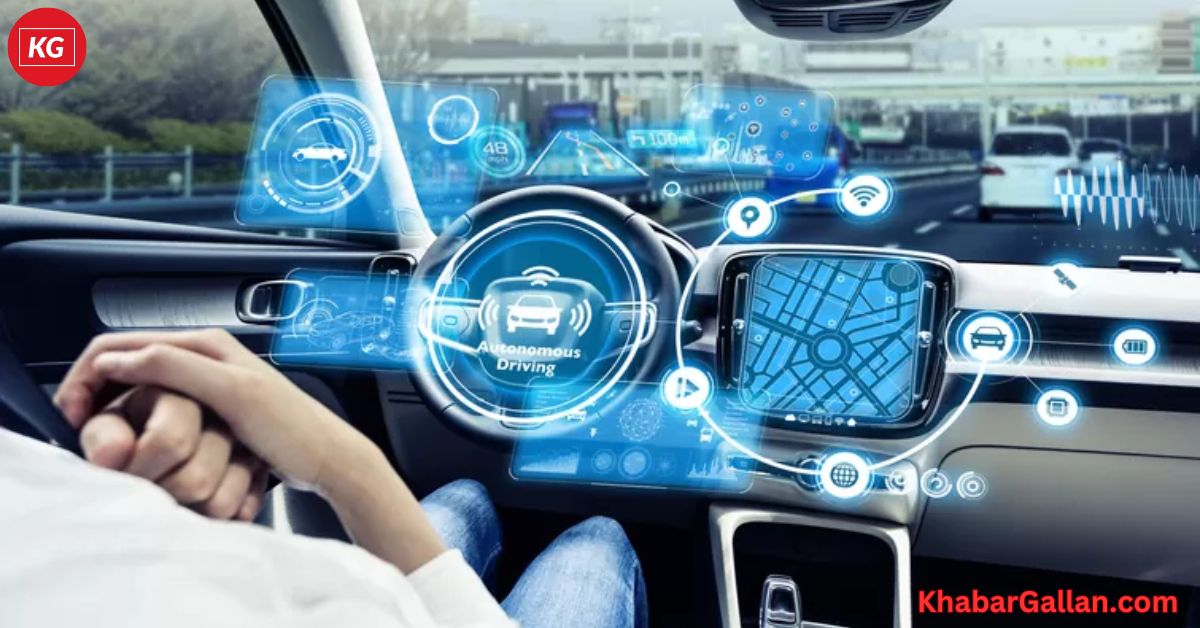


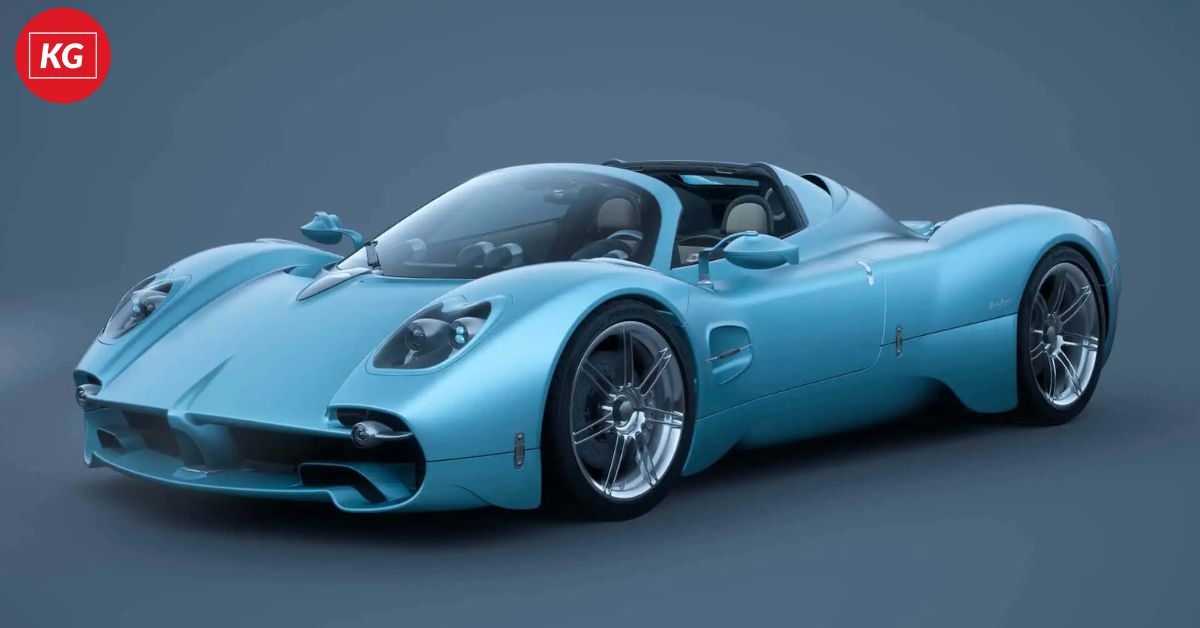
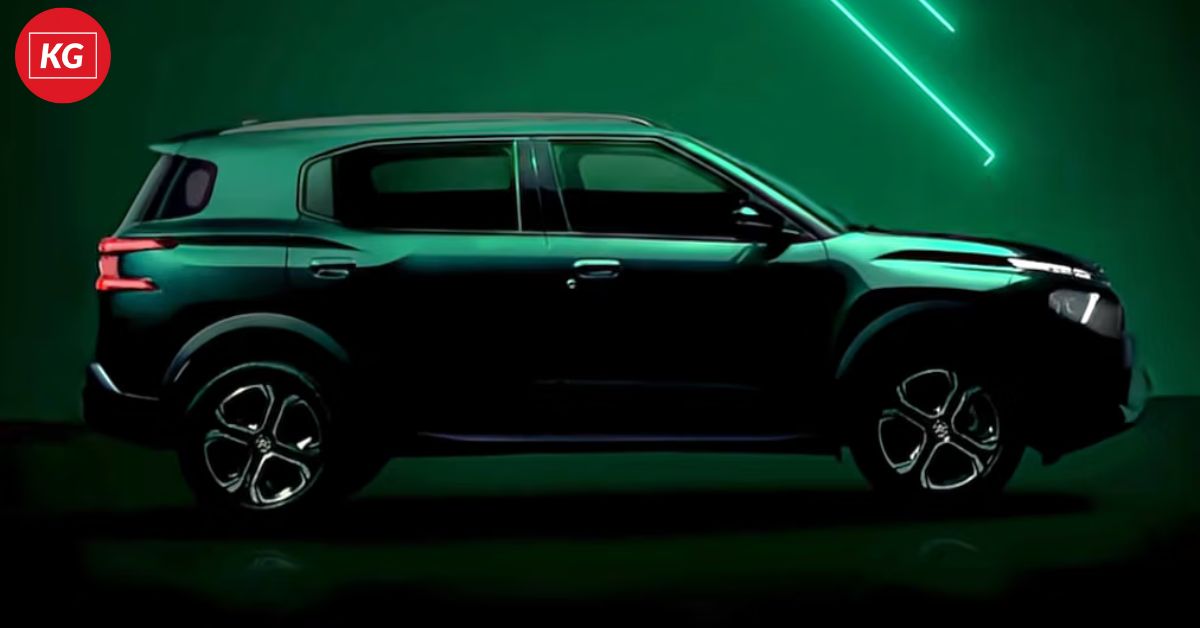



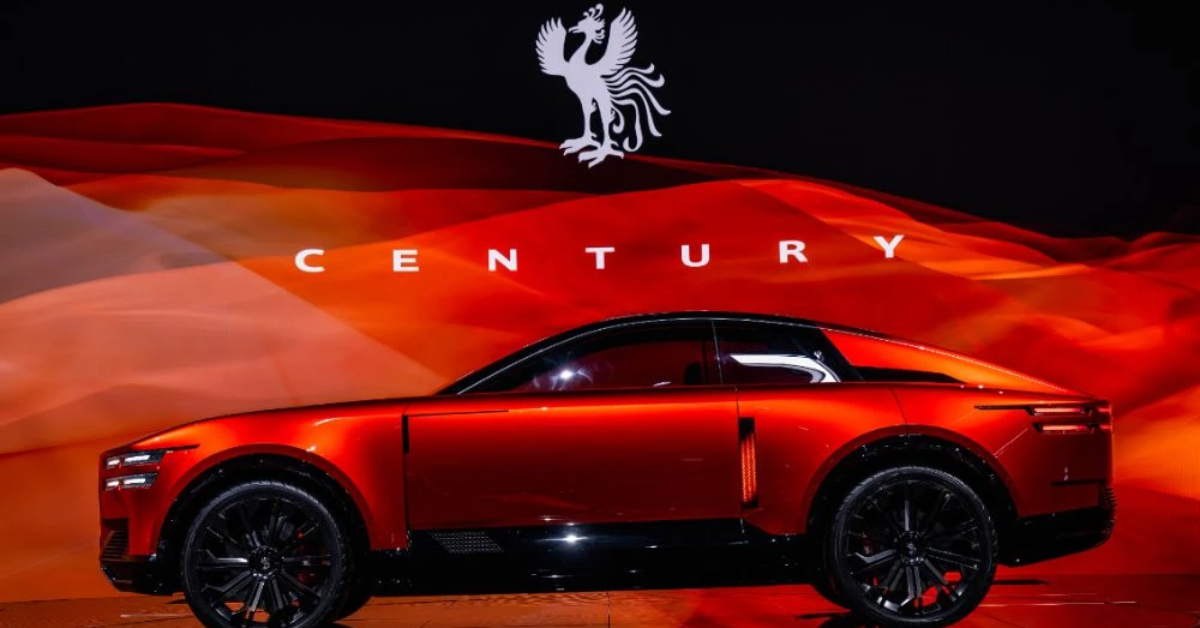

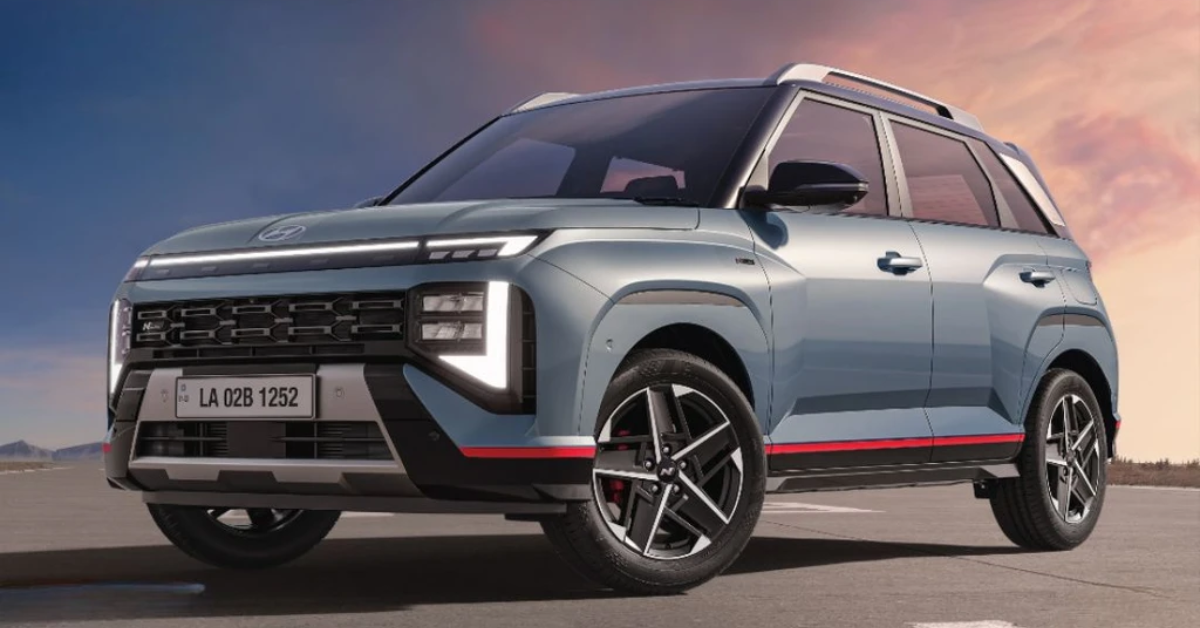


Leave a Reply